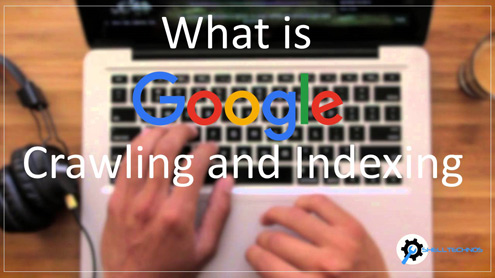
In my blog titled "Keywords: What you should and shouldn't do," I got so excited about sharing my SEO knowledge that I forgot a crucial point: Start at the beginning!
Let's say hypothetically that your brand has just created a website. It has awesome images, lots of good information and maybe even an e-commerce component. You're super-proud of it and all the hard work—time and expense—you've put in it. Unfortunately, none of this will matter if your website isn't indexed.
What does indexing mean?As of August 24 2016, the World Wide Web contains approximately 4.73 billion indexed pages. This is just the number of pages that search engines such as Google, Bing and Yahoo know about—there are many more.
When a web page is "indexed," that page is on a search engine's radar. The engines know that the page exists, and it can be found as a result of a search. This is a priority for your website. Indexing your site allows more people to reach you.
If a search engine doesn't know your page exists, then it won't list your site in the search results, which means people won't find you.
Crawling and IndexingGoogle and other search engines use software referred to as "web crawlers" to discover new and updated web pages. Once they have found the website, they move around on the page collecting data and following links, much like consumers would. This information is then brought back to the search engine's servers.
This is how search engines find out about pages that aren't loading, no longer exist or have been recently updated. More often than not, there aren't any extra steps involved in getting your website crawled. However, if pages aren't linked to each other and aren't functioning correctly, they can easily be missed by crawlers.
Once the search engines' servers have that data, they have to organize it so they know how to look up pages. To put it simply: Search engines follow algorithms to create a huge index. They pair the information they've gathered with the searches that come in on a regular basis.
Unfortunately there will always be pages that fall through the cracks or take a long time to get indexed. Thankfully, there's something you can do about it.
Aiding in the indexing processHere are some easy steps to make sure the crawling/indexing process is going smoothly—and accurately—for your website.
• Domain Name: As I have mentioned in previous posts, your URL has a huge impact. It's a great place to use your keyword and gets the attention of search engines. You will want to have the names of your URL's decided before sending in your sitemap.• Create and submit an XML sitemap: Your sitemap is just that—a map of the URLs within your website. You can submit your sitemap to Google through Google Search Console. Speaking of which …• Start using Google Search Console: This tool will allow you to see your website as the search engines see it—this will be great for identifying problem pages and making updates.• Clean up any "dead" pages: If a link goes to a page that is no longer published, it will result in an error message. When a crawler finds these, they assume there is nothing left to crawl, or at the very least, slows down the process.
In good news, social media pages—which are huge for a company's brand--don't require indexing. Sites like Facebook and Twitter act as their own search engines with their own algorithms.
Also keep in mind that there are a large number of pages getting crawled and indexed every day- sometimes it just takes time. By getting your website indexed and regularly crawled, your website's traffic will increase, therefore, so will your sales.
Source: Online Marketing: Where to Start
No comments:
Post a Comment